A detailed discussion on the maintenance of mahogany furniture: it is indeed a delicate piece worth thousands of gold!
As a high-end household appliance, mahogany furniture is not only a simple functional material product, but also a widely popular art form. While meeting certain specific uses, it also has ornamental value, which can generate aesthetic pleasure and trigger rich spiritual associations in people during the process of contact and use.
Its solemn and noble style, timeless characteristics and profound cultural connotations make it a leader in the furniture industry. It is expensive and worth a fortune. It needs careful care and maintenance to prolong its life and keep its beauty forever.
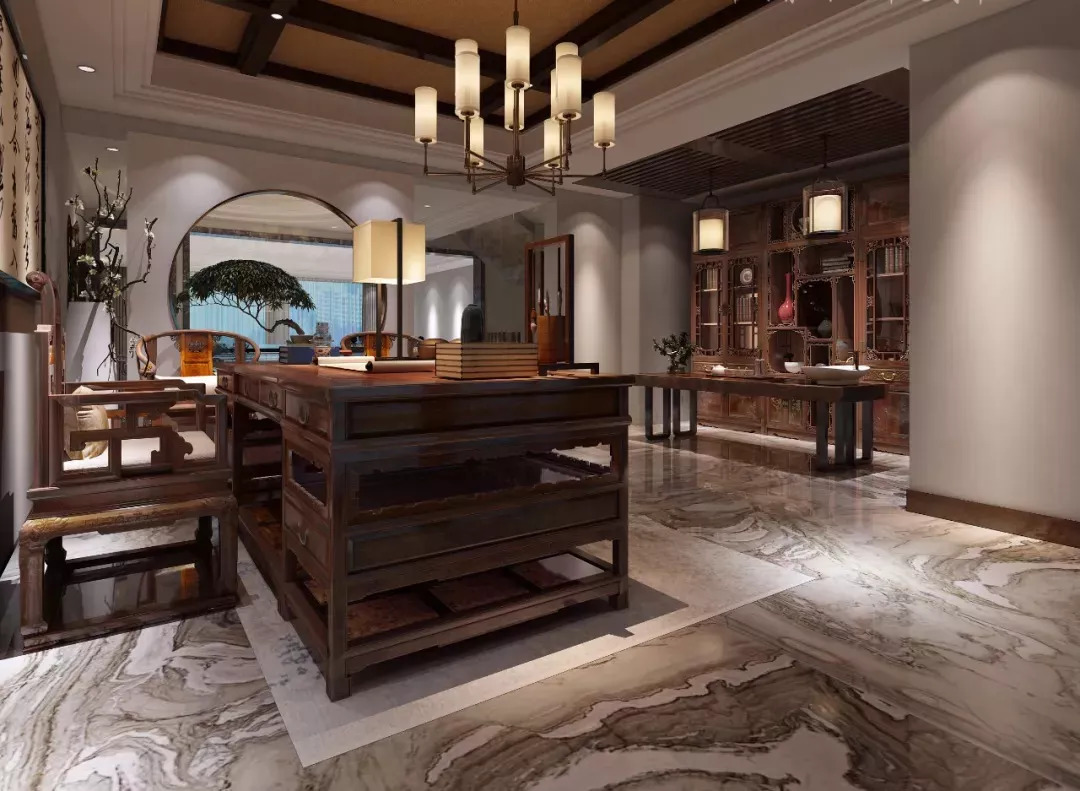
We've already covered some general tips for maintaining rosewood furniture. Furniture maintenance is like skincare, requiring meticulous attention to detail. Just as skincare needs to be applied morning and night, with different skin types requiring different skincare products and methods, the same principle applies to maintaining rosewood furniture. There are also specific maintenance frequency requirements, and different tips apply to different materials:
Maintenance frequency of mahogany furniture
Generally speaking, the first two or three years are the critical period for the maintenance of mahogany furniture, and 2-3 times a year is the best frequency. Mahogany furniture needs sufficient oil penetration to shine and enhance the texture. The oil penetrates fully during this critical period, and maintenance once a year is sufficient thereafter.
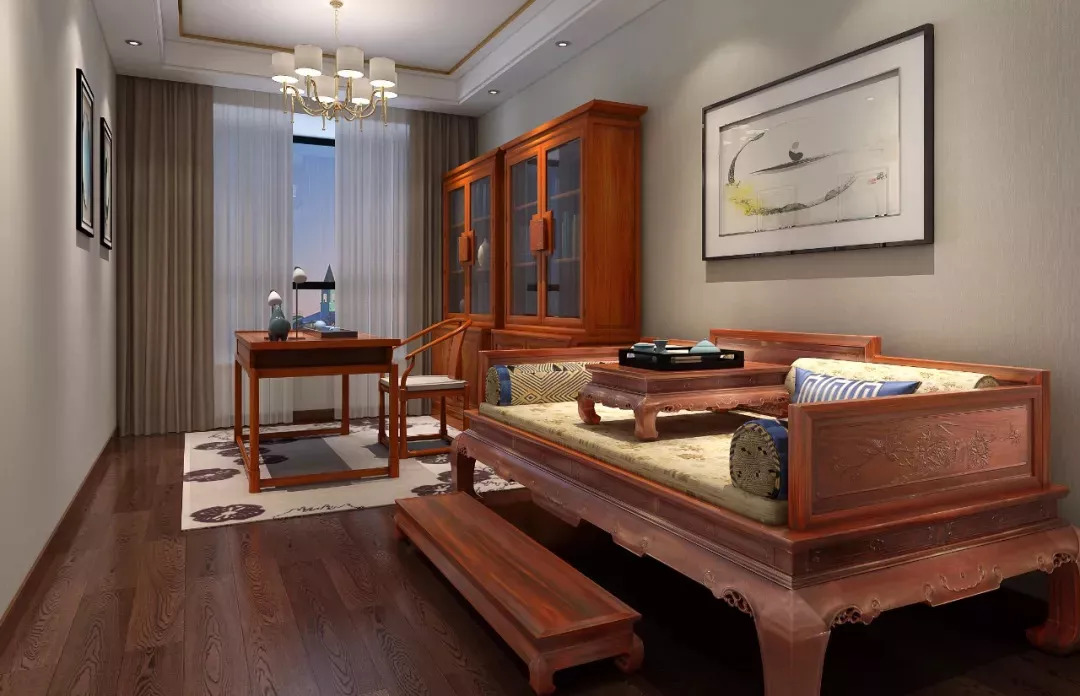
Different materials require different maintenance
Each type of wood has its own characteristics, and mahogany furniture made of different materials also requires targeted maintenance:
Rosewood furniture
Newly made rosewood furniture will have some minor defects in the first two years, especially in the winter in the north, and may crack. However, the appearance of these small cracks is normal and will basically not appear again after two years. This is also the reason why old furniture does not crack.
Here, I would like to remind everyone to buy furniture with expansion joints. Wood has very significant swelling and shrinking properties when wet and dry. Expansion joints can provide furniture with space to expand and contract to avoid cracking or control the size of cracks. The reservation of expansion joints is a factor that should be considered in the production of mahogany furniture.
The basic maintenance of red sandalwood furniture needs to be done during the season change. This basic maintenance can be done by yourself at home, or you can find a professional red sandalwood furniture maintenance agency to do it.
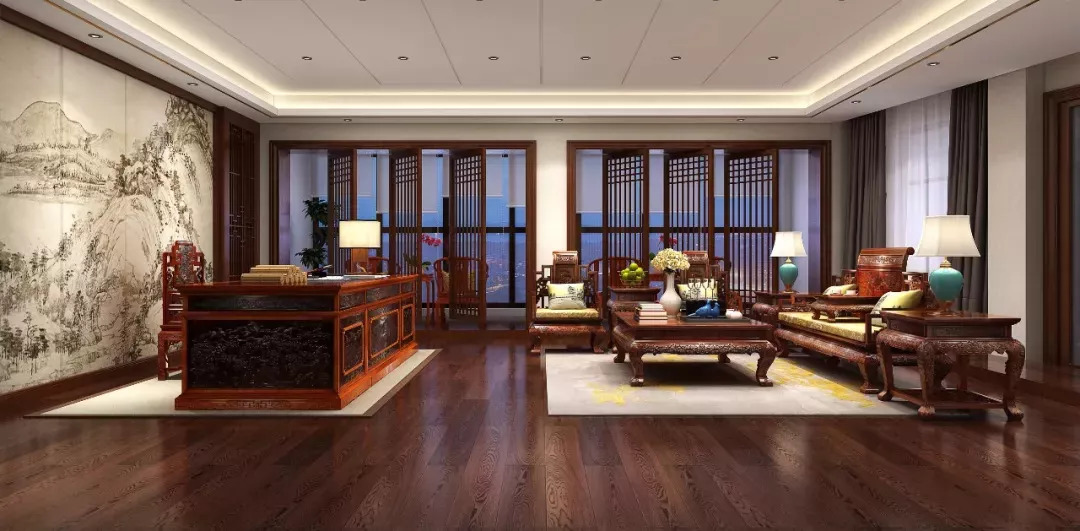
Huanghuali furniture
Huangjiali furniture rarely cracks, and if there is a problem, it is only bending or deformation, which is caused by the differences in the drying process.
Huanghuali should not be dried in a drying oven, as this will destroy its medicinal properties and the fragrance of the wood itself. It can only be dried naturally, which takes 2-3 years. Newly purchased Huanghuali furniture generally needs to go through three winters and two summers before entering a stable period.
If Huanghuali furniture is deformed or bent, if the situation is not serious, you can use a heater to blow on it from the side and it will slowly return to its original shape.
After winter, the best way to maintain furniture at home is to wipe it with walnut oil or beeswax. Indoor humidity should meet standard requirements. Do not place fish tanks next to furniture or blow humidifiers at the furniture, as this can easily cause the furniture to deform. If cracks appear in the furniture, do not repair it yourself. Return it to the manufacturer or have it repaired by a professional repair agency.
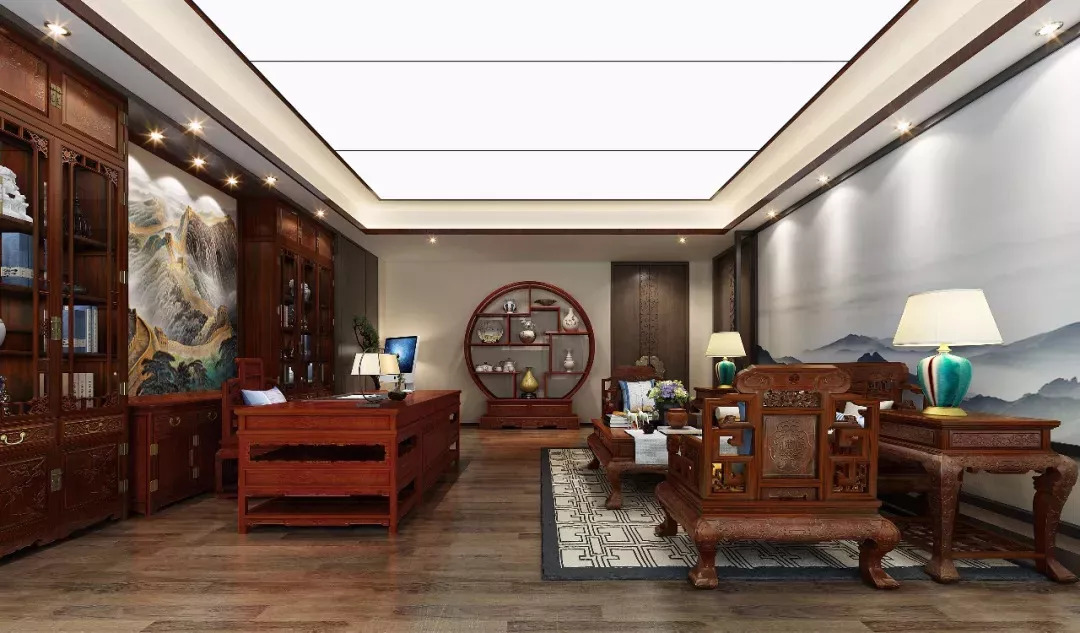
Rosewood furniture
Rosewood furniture is difficult to maintain. Its material shrinkage and water absorption rate are greater than those of red sandalwood and huanghuali. Rosewood furniture that has not been completely dried and shaped will inevitably have problems such as cracking and deformation.
In the winter in the north, the ambient temperature fluctuates greatly. Rosewood furniture must be kept away from heating equipment such as heaters and air conditioners. A humidifier can be used to humidify the furniture. Once the rosewood furniture cracks or expands excessively, professional maintenance personnel must be asked to repair it.
The daily maintenance of rosewood furniture should take more time and effort, and the maintenance of details should not be neglected.
For rosewood furniture, the drying process has very high requirements. Especially when purchasing rosewood furniture, you must choose a well-known manufacturer with a good reputation. They will have professional and sophisticated drying processing procedures that can prevent large cracks and deformation problems from occurring at the source.
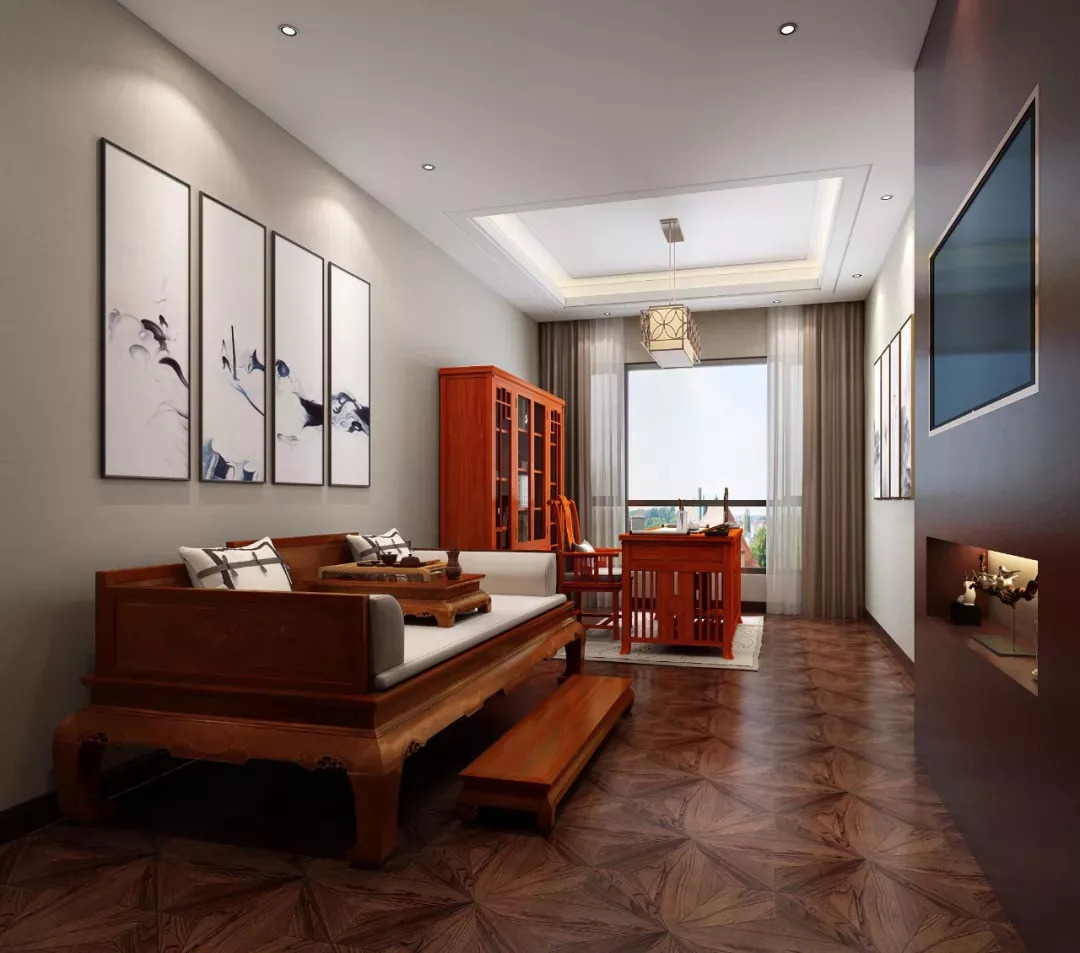
Rosewood furniture
Burmese rosewood is very stable and generally does not have large cracks. It only needs to be waxed twice from the beginning of winter to the end of winter, but be careful to keep it away from direct sunlight and heat sources.
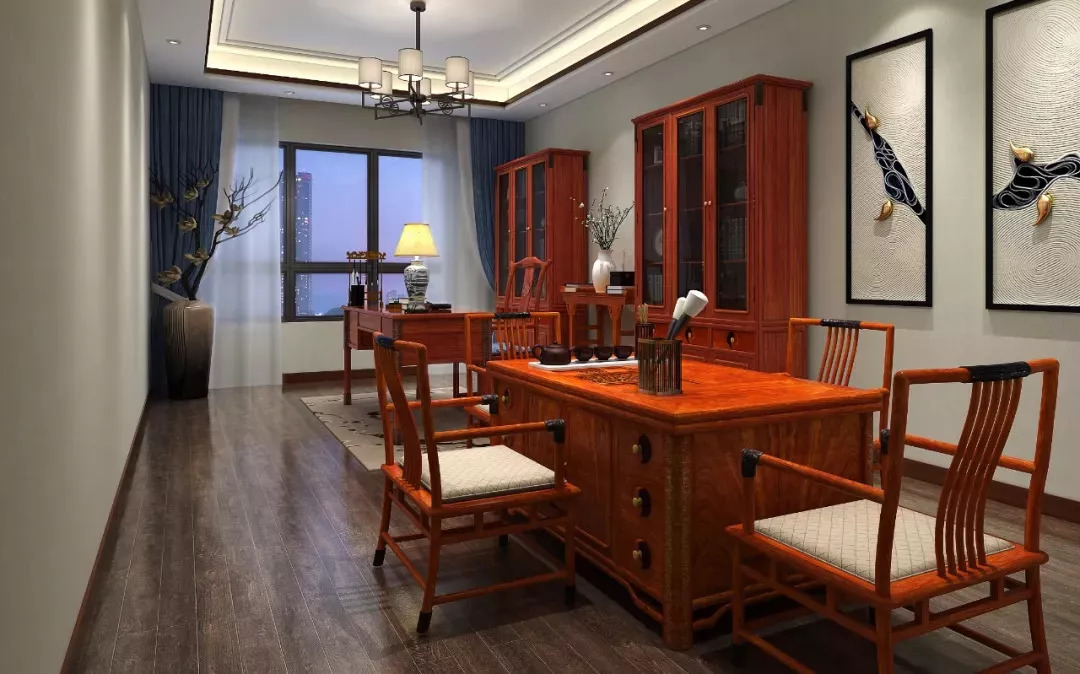
Wenge furniture
Wenge has a weak luster, a slightly coarse structure, strong corrosion resistance, hard material, high strength, and stable wood properties that are not prone to problems.
However, if the drying process is not done properly during the production process, the finished furniture will easily deform in the first winter. Pay special attention to this when choosing furniture.
Long-term direct sunlight exposure will fade the natural texture and color of wenge wood. Avoid placing it in front of a large south-facing glass window where it will be exposed to sunlight.
In addition, you should also be careful to avoid scratches from sharp objects, which will affect the natural beauty of the wood grain. The waxing method suitable for maintaining mahogany furniture is also suitable for wenge.

Maintenance points of mahogany furniture
Wet and dry balance
The scorching sun, the scorching fire and the high temperature in the home can cause the hard mahogany furniture to dry out and crack.
The paint film of mahogany furniture will fade or even fall off after being exposed to ultraviolet rays. It should be kept away from places in the home with large air flow, high temperature, and direct sunlight, and use curtains, bamboo curtains, sun , blinds and other shields to prevent direct sunlight.
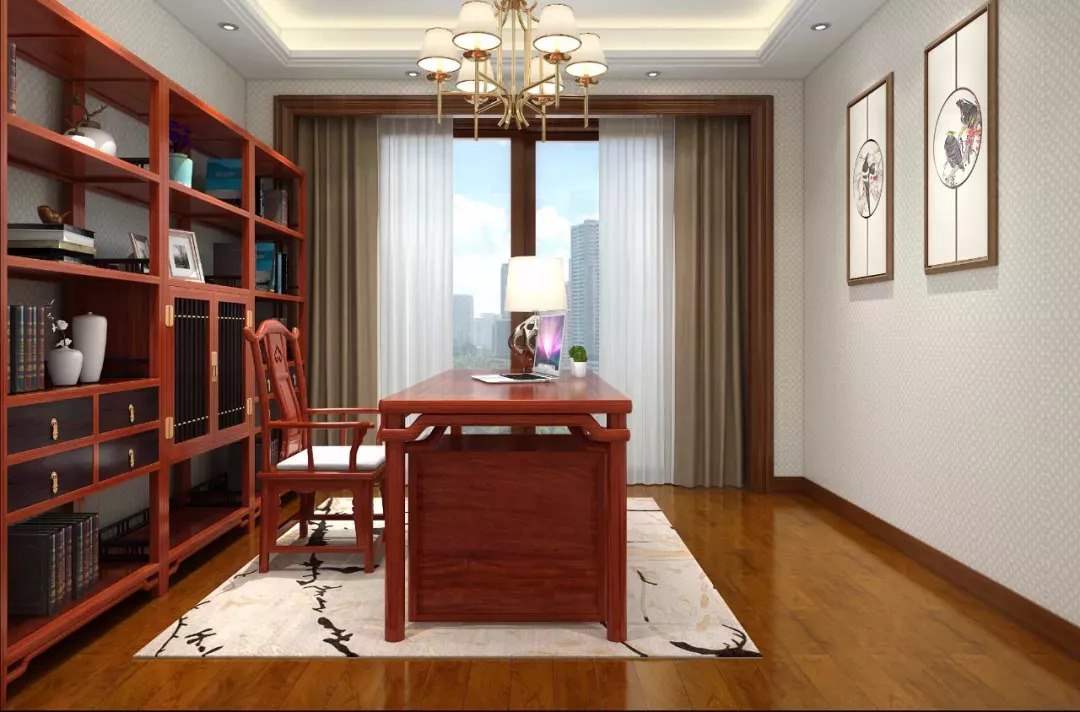
Reduce moving
Generally speaking, mahogany furniture is very soft. Excessive storage of heavy or excessive amounts of mahogany furniture will cause deformation.
When using mahogany furniture, you must ensure that the terrain for using the mahogany furniture is optimal, the ground where the furniture is stored is flat, and it must be pulled and placed gently when moving.
During the process of moving and placing furniture, if there is a collision that causes the surface of the furniture to be scratched, be sure to apply a layer of care oil or wax for repair.
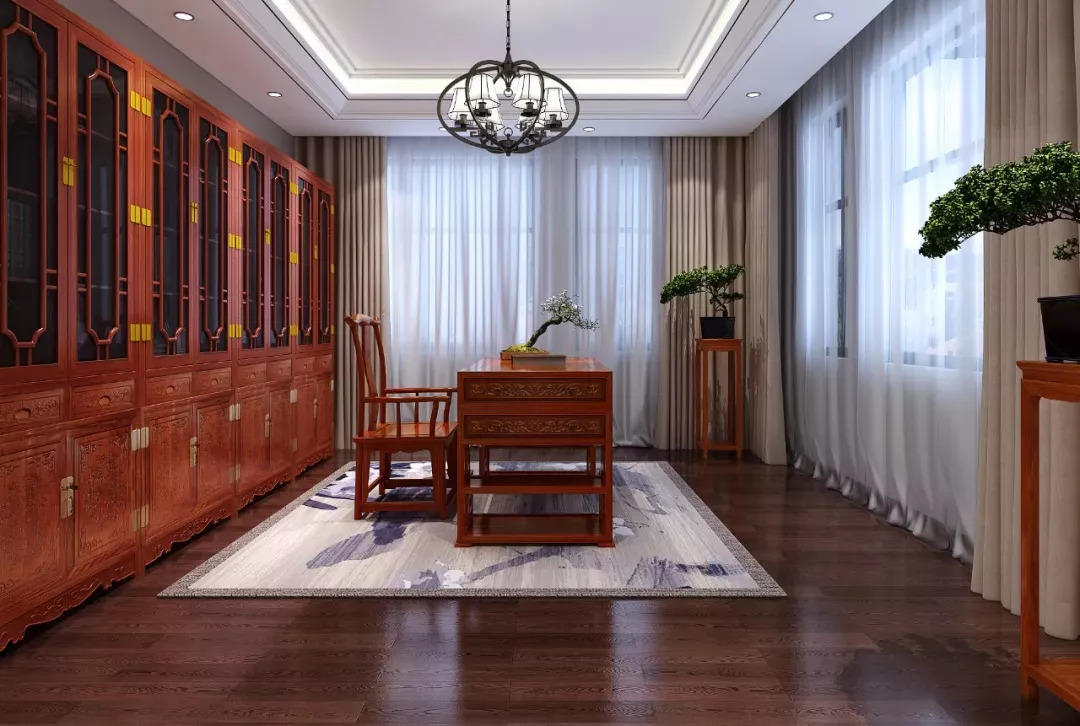
Wipe correctly
During the daily cleaning of mahogany furniture, do not use hard cloth to wipe the surface of the furniture, as it can easily cause scratches and affect the appearance. You can use a feather duster to remove dust, and then gently wipe it with soft cloth such as cotton silk.
Do not use chemical cleaners, alcohol, or gasoline directly to wipe stained mahogany furniture. These cleaners will wipe off the paint and lacquer on the surface of the furniture. The best cleaner for furniture is natural maintenance agents such as natural walnut oil or beeswax.
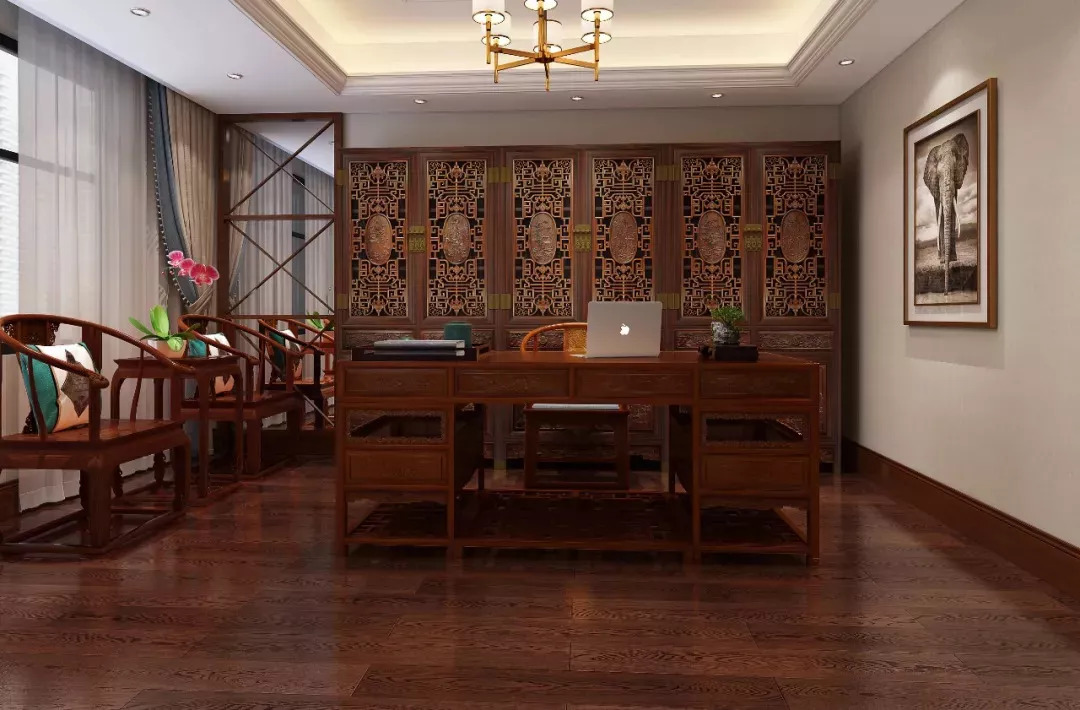
Selecting a protective agent
As artistic furniture with collection value, mahogany furniture is protected by layers of paint during the production process to ensure its glossiness. During daily use, you can wipe the furniture with a little wax every three months to maintain its luster.
Walnut oil is a good maintainer for mahogany furniture. When applied to the surface of the furniture, it will form a protective film after drying, which reduces the intrusion of humid air in the atmosphere and prevents cracking.
